Home>Articles>How To Maintain Safety When Using Two Single Ladders
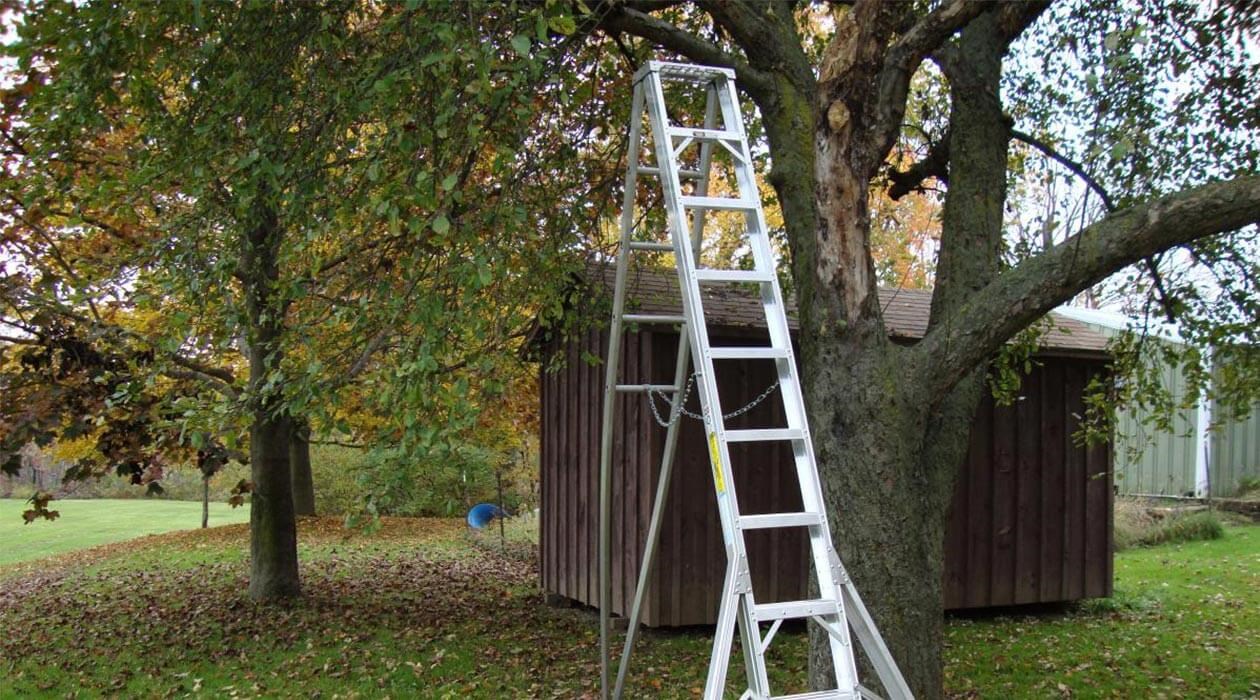

Articles
How To Maintain Safety When Using Two Single Ladders
Modified: April 22, 2024
"Find out why articles on the topic of ladder safety are recommending the provision of two single ladders, and understand the importance of this precautionary measure."
(Many of the links in this article redirect to a specific reviewed product. Your purchase of these products through affiliate links helps to generate commission for Storables.com, at no extra cost. Learn more)
Introduction
Welcome to our comprehensive guide on the importance of providing a ladder when using two single ladders. Ladders are essential tools used in various industries, construction sites, and even in our day-to-day activities. They provide us with the ability to reach heights and perform tasks that would otherwise be impossible. However, when it comes to using two single ladders simultaneously, there are safety considerations that must be addressed.
In this article, we will explore the importance of ladders in certain situations and discuss why it is necessary to provide a ladder when using two single ladders. Additionally, we will highlight the potential hazards of using two single ladders without a ladder and offer valuable tips on ensuring safety in these situations.
So, without further ado, let’s dive into the world of ladders and understand why providing a ladder becomes crucial when using two single ladders.
Key Takeaways:
- Providing a ladder when using two single ladders is crucial for stability and safety at heights. It reduces the risk of accidents, ensures a secure working surface, and minimizes potential hazards.
- By prioritizing ladder safety, choosing the right ladder, ensuring stability, and providing proper training and supervision, workplaces can significantly improve safety when using two single ladders.
Read more: How To Minimize Risk When Using A Ladder
Importance of Ladders in Certain Situations
Ladders play a vital role in a variety of situations where vertical access is needed. Whether it’s for maintenance tasks, construction projects, or simply reaching items stored on high shelves, ladders provide a safe and convenient solution. They are designed to withstand weight and provide stability, making them indispensable tools in numerous industries.
In construction, ladders are used for tasks such as painting walls, installing electrical fixtures, or accessing elevated platforms. Without ladders, these jobs would be challenging and, in some cases, impossible to complete. Ladders allow workers to reach heights safely and accomplish their tasks efficiently, minimizing the risk of accidents and injuries.
In addition to construction, ladders are essential in the maintenance industry. Whether it’s cleaning windows on tall buildings, repairing roofs, or trimming trees, ladders provide access to otherwise inaccessible areas. Maintenance professionals rely on ladders to perform their jobs effectively and efficiently, ensuring the upkeep and safety of various structures.
Even in our everyday lives, ladders serve a purpose. From changing light bulbs and hanging decorations to reaching items on high shelves and cleaning windows, ladders make these tasks possible for individuals without specialized equipment or professional training.
Overall, the importance of ladders in certain situations cannot be overstated. They are a fundamental tool that allows us to reach heights, perform tasks, and maintain our surroundings. However, when it comes to using two single ladders, additional precautions must be taken to ensure safety.
The Need for Ladders When Two Single Ladders Are Used
When working at heights using two single ladders, it is crucial to provide a ladder to bridge the gap between them. This additional ladder acts as a platform, providing stability and a safe working surface. Without a ladder to connect the two single ladders, there is a significant risk of accidents and falls.
Using two single ladders without a ladder poses several hazards. One of the main concerns is the instability caused by the gap between the ladders. This gap creates an uneven surface, increasing the risk of the ladders slipping or tipping over. Additionally, without a solid platform to stand on, it becomes challenging for workers to maintain balance and perform tasks safely.
Furthermore, when two single ladders are used without a ladder, there is a high possibility of the ladders shifting or moving independently. This movement can lead to instability and compromise the safety of the workers on the ladders. It is essential to provide a secure and stable platform to connect the two ladders, ensuring their alignment and preventing any accidental movements.
Another crucial factor to consider is the distance between the rungs of the single ladders. Without a ladder to connect them, working at heights becomes more challenging and uncomfortable. The need to stretch and reach across the gap can lead to strained muscles, fatigue, and a higher risk of falling. By providing a ladder, the distance between rungs is minimized, allowing for easier access and a safer working environment.
In summary, the need for ladders when two single ladders are used is essential to ensure stability, safety, and a proper working surface. By providing a ladder to bridge the gap, the risk of accidents, falls, and instability is significantly reduced. It is a simple yet crucial measure that should be implemented in any situation involving the use of two single ladders at heights.
When two single ladders are used to reach an elevated surface, a ladder should be provided to bridge the gap between the two ladders to ensure stability and safety.
Potential Hazards of Using Two Single Ladders Without a Ladder
Using two single ladders without a ladder to bridge the gap between them can pose significant hazards and risks to workers. It is important to be aware of these potential dangers to ensure the safety of everyone involved. Let’s explore some of the hazards that can arise when two single ladders are used without a ladder.
1. Instability: One of the main concerns is the instability created by the gap between the two single ladders. Without a ladder to connect them, the ladders can shift or move independently, increasing the risk of falls and accidents. This instability can be especially dangerous when working at heights or on uneven surfaces.
2. Uneven platform: The absence of a ladder to bridge the gap creates an uneven working surface. This unevenness can make it challenging for workers to maintain their balance and stability. It increases the risk of accidents, particularly when carrying tools or materials up and down the ladders.
3. Increased fall risk: Without a ladder, workers may be tempted to step across the gap between the two single ladders. This can lead to slips, trips, and falls. The greater the gap, the higher the risk becomes. Falls from heights can result in severe injuries or even fatalities.
4. Overreaching: Working without a ladder can force workers to overreach to perform tasks. This can lead to strained muscles, loss of balance, and ultimately, falls. Overreaching increases the risk of injuries, as it puts strain on the body and compromises stability.
5. Fatigue and discomfort: The prolonged use of two single ladders without a ladder to provide a stable platform can lead to fatigue. Workers may have to maintain an uncomfortable posture or strain their bodies to reach across the gap. This can result in reduced productivity, increased fatigue, and an elevated risk of accidents.
It is crucial to understand the potential hazards associated with using two single ladders without a ladder. By being aware of these risks, steps can be taken to mitigate them and ensure the safety of workers. Providing a ladder to bridge the gap between the ladders is a simple yet effective solution that significantly reduces the chances of accidents and improves overall safety.
Ensuring Safety by Providing a Ladder
Providing a ladder to bridge the gap between two single ladders is a crucial step in ensuring the safety of workers when working at heights. By taking the following measures, you can create a safer working environment:
1. Choose the right ladder: Select a ladder that is appropriate for the task at hand. Consider factors such as height, weight capacity, and the material the ladder is constructed from. Ensure that the ladder is long enough to bridge the gap between the two single ladders.
2. Ensure ladder stability: Before placing the ladder between the two single ladders, ensure that it is stable and secure. Inspect the ladder for any damage or defects that could compromise its stability. Make sure the ladder is positioned on a level surface to prevent any wobbling or tipping.
3. Position the ladder correctly: Place the ladder between the two single ladders, ensuring it is aligned and securely positioned. The ladder should be supported by both single ladders, maintaining a stable connection between them. Double-check the ladder’s position before allowing anyone to climb onto it.
4. Secure the ladder: To further enhance stability, use ropes or straps to secure the ladder to the two single ladders. This will prevent any accidental movement or shifting while workers are using it. Inspect and tighten the ropes or straps periodically to ensure they remain in place.
5. Regular maintenance: Regularly inspect and maintain all ladders involved. Check for any signs of wear and tear, such as damaged rungs or loose screws. Repair or replace any faulty components immediately. Implement a regular maintenance schedule to ensure that the ladders are always in optimal condition.
6. Provide training and supervision: Ensure that workers are properly trained in ladder safety protocols and techniques. Emphasize the importance of using the ladder to bridge the gap between two single ladders. Encourage open communication and provide supervision to ensure that safety measures are followed at all times.
7. Use proper personal protective equipment (PPE): In addition to providing a ladder, it is essential to equip workers with the appropriate PPE. This may include safety harnesses, helmets, gloves, and non-slip footwear. PPE will provide an extra layer of protection and minimize the risk of injuries in case of a fall or accident.
By taking these steps and ensuring the provision of a ladder, you significantly improve the safety of workers when using two single ladders. Promote a safety culture within your workplace that prioritizes proper ladder usage and takes all necessary precautions to prevent accidents and injuries.
Conclusion
Using ladders is an integral part of many industries and everyday activities. They enable us to reach heights and perform tasks that would otherwise be inaccessible. When it comes to using two single ladders simultaneously, it is crucial to prioritize safety and provide a ladder to bridge the gap between them.
In this article, we discussed the importance of ladders in certain situations, such as construction, maintenance, and everyday tasks. Ladders provide stability and a safe working surface, allowing workers to perform their jobs efficiently and minimizing the risk of accidents and injuries.
However, when two single ladders are used without a ladder, several potential hazards arise. These hazards include instability, an uneven platform, increased fall risk, overreaching, and fatigue. By providing a ladder, these risks can be mitigated, and a safer working environment can be ensured.
We emphasized the need for a ladder to bridge the gap between two single ladders, highlighting the potential dangers of not doing so. The ladder acts as a platform, providing stability, reducing the risk of falls, and improving overall safety for workers at heights.
To ensure safety, it is essential to choose the right ladder, ensure its stability, properly position and secure it, and regularly maintain it. Additionally, providing appropriate training, supervision, and personal protective equipment further enhances workplace safety.
In conclusion, by providing a ladder when using two single ladders, you prioritize the safety and well-being of workers. This simple yet essential measure significantly reduces the risk of accidents, ensures stability, and creates a safer working environment. Remember, safety should always be the top priority when working at heights. So, let’s bridge the gap and build a safer future together!
Frequently Asked Questions about How To Maintain Safety When Using Two Single Ladders
Was this page helpful?
At Storables.com, we guarantee accurate and reliable information. Our content, validated by Expert Board Contributors, is crafted following stringent Editorial Policies. We're committed to providing you with well-researched, expert-backed insights for all your informational needs.
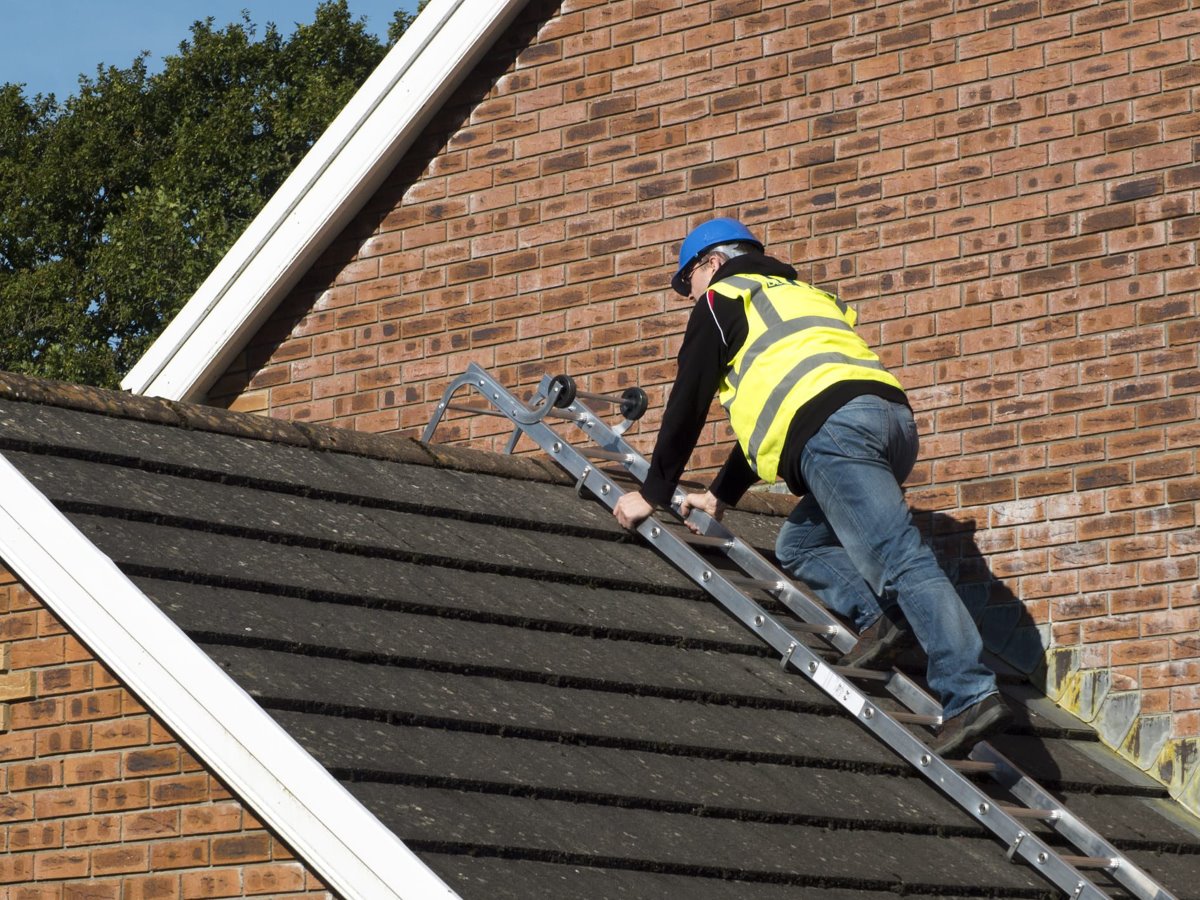

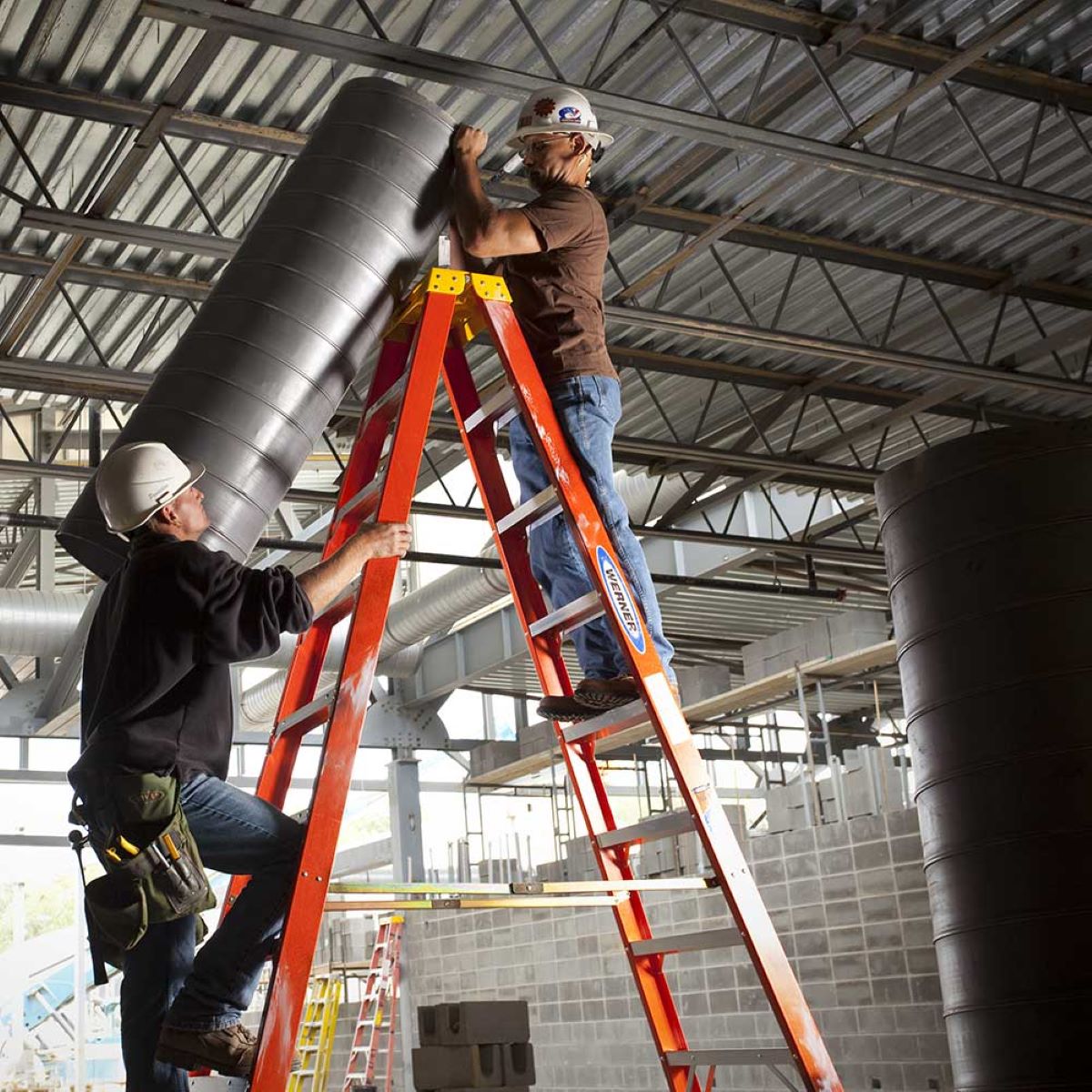

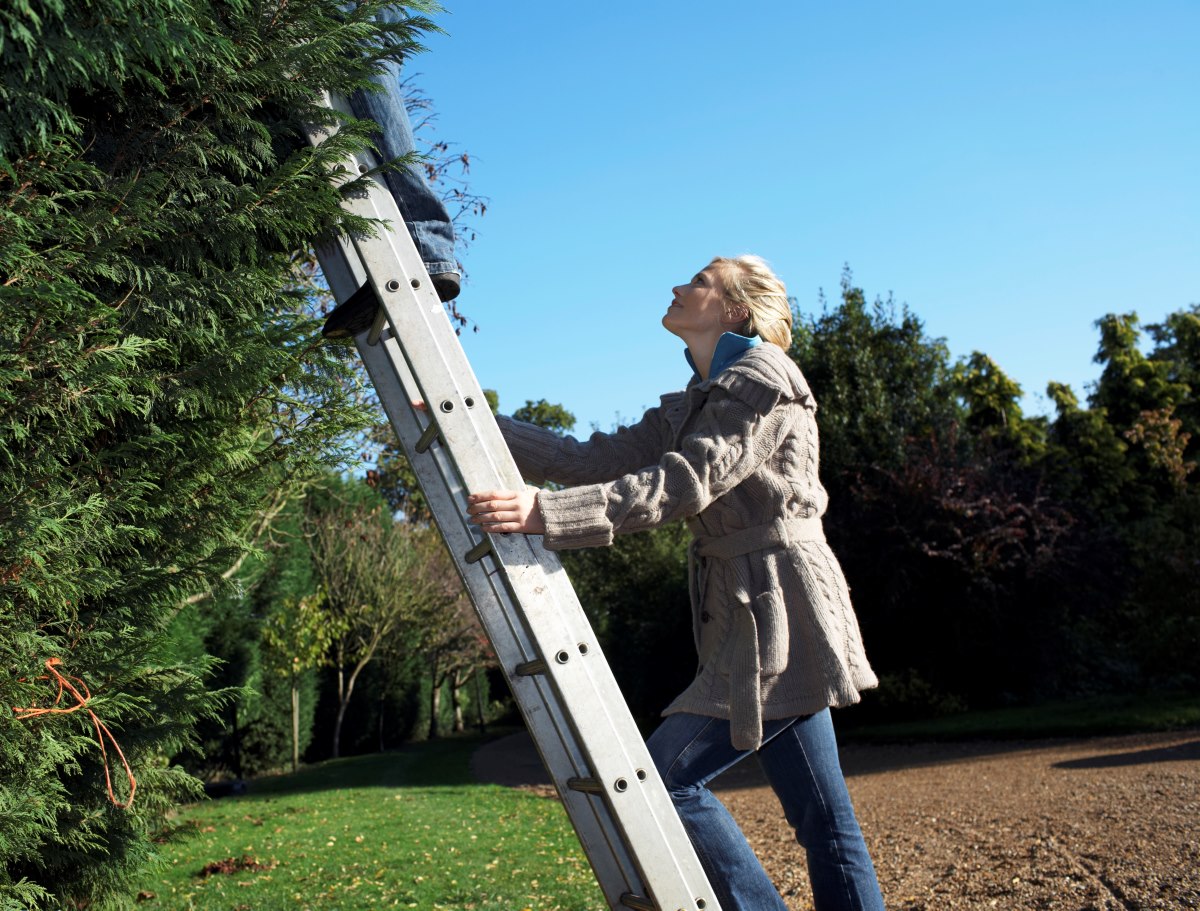
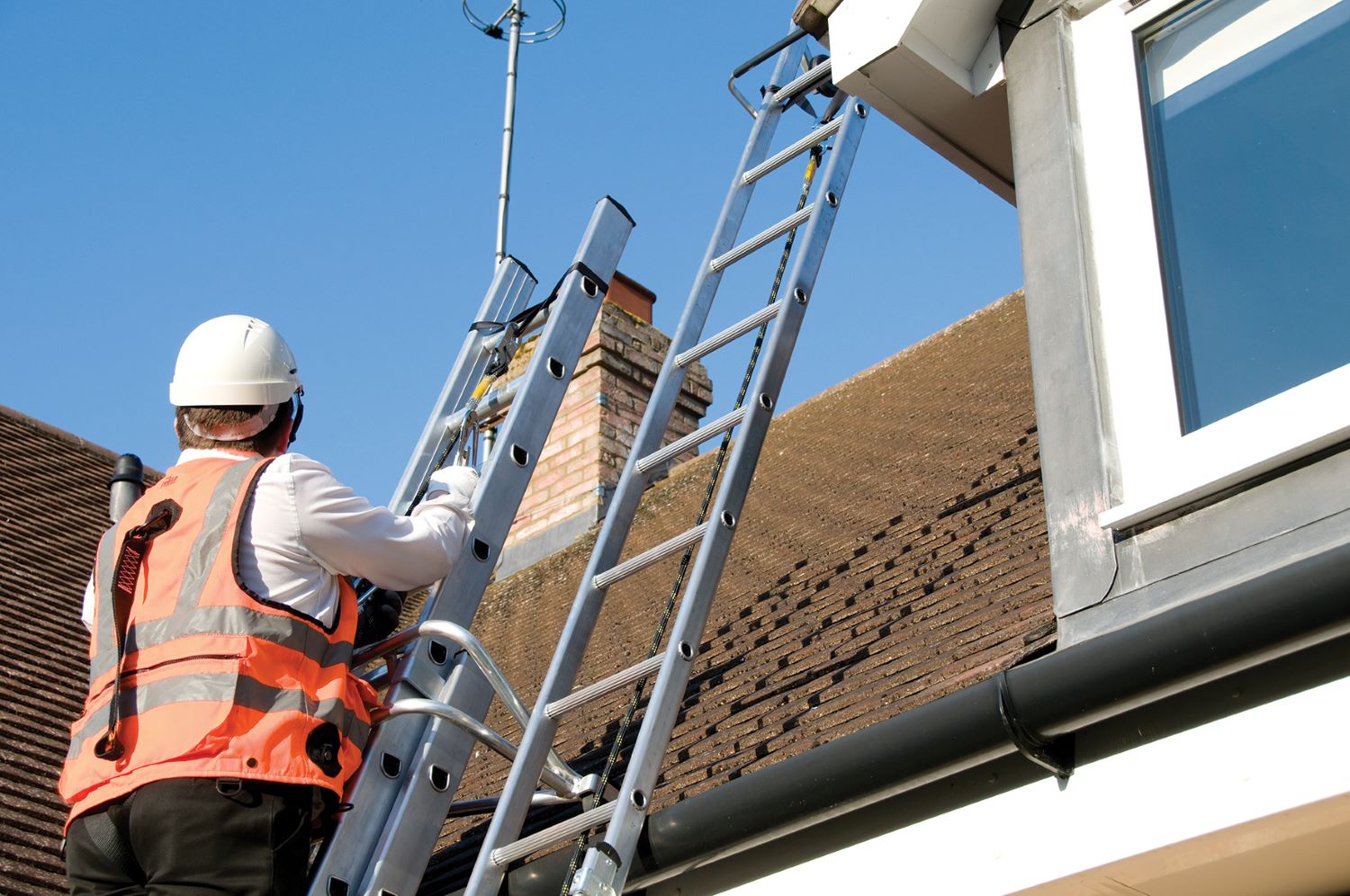
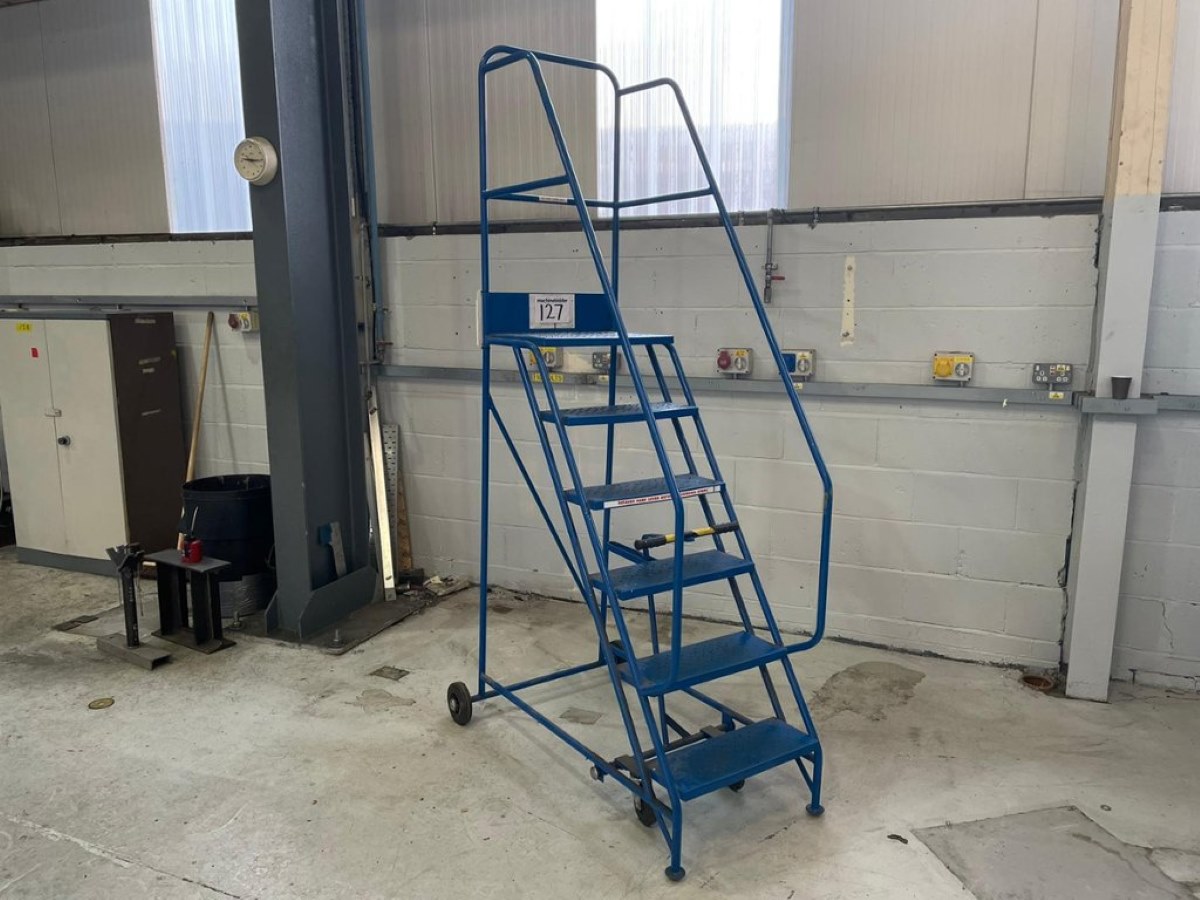
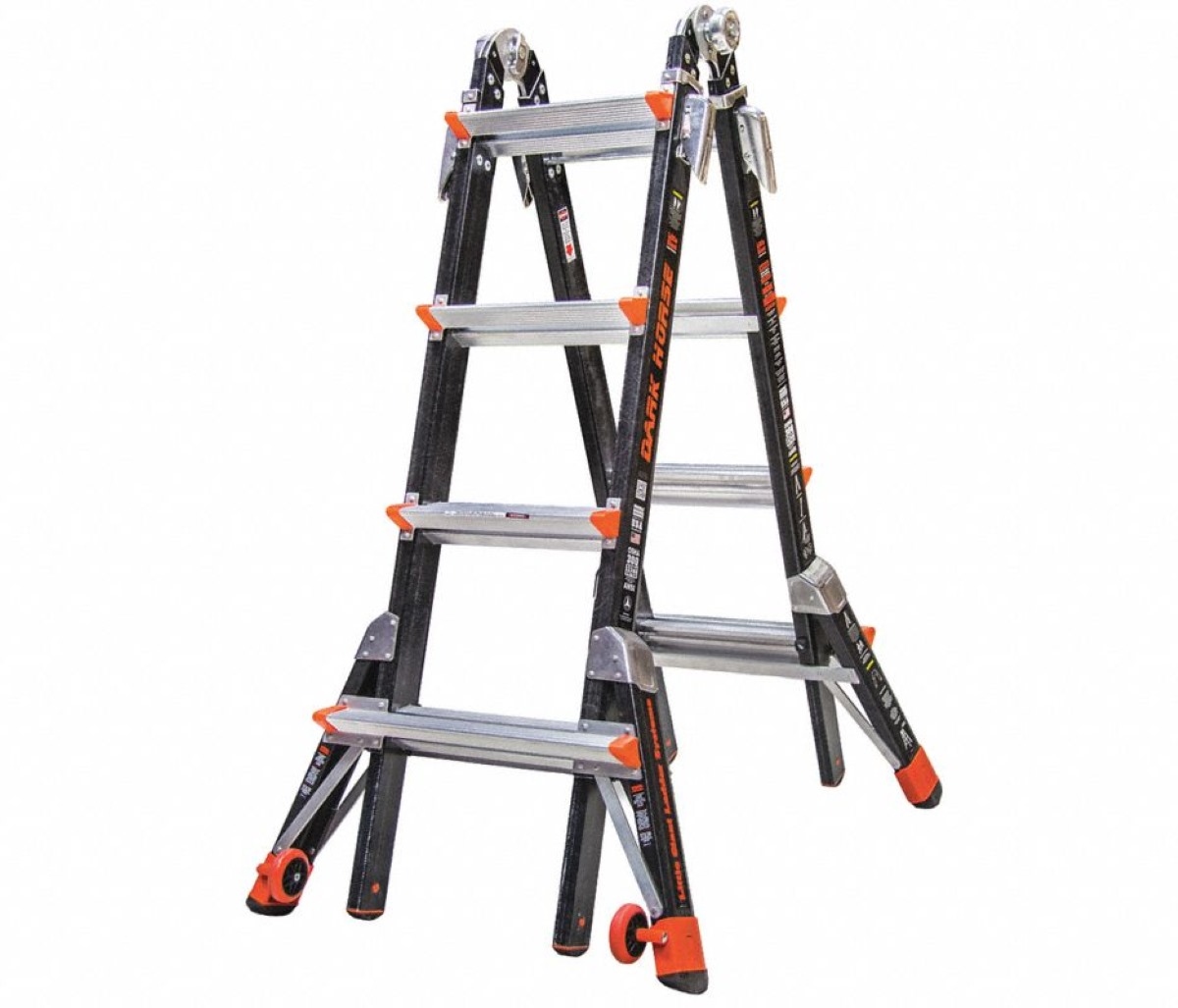
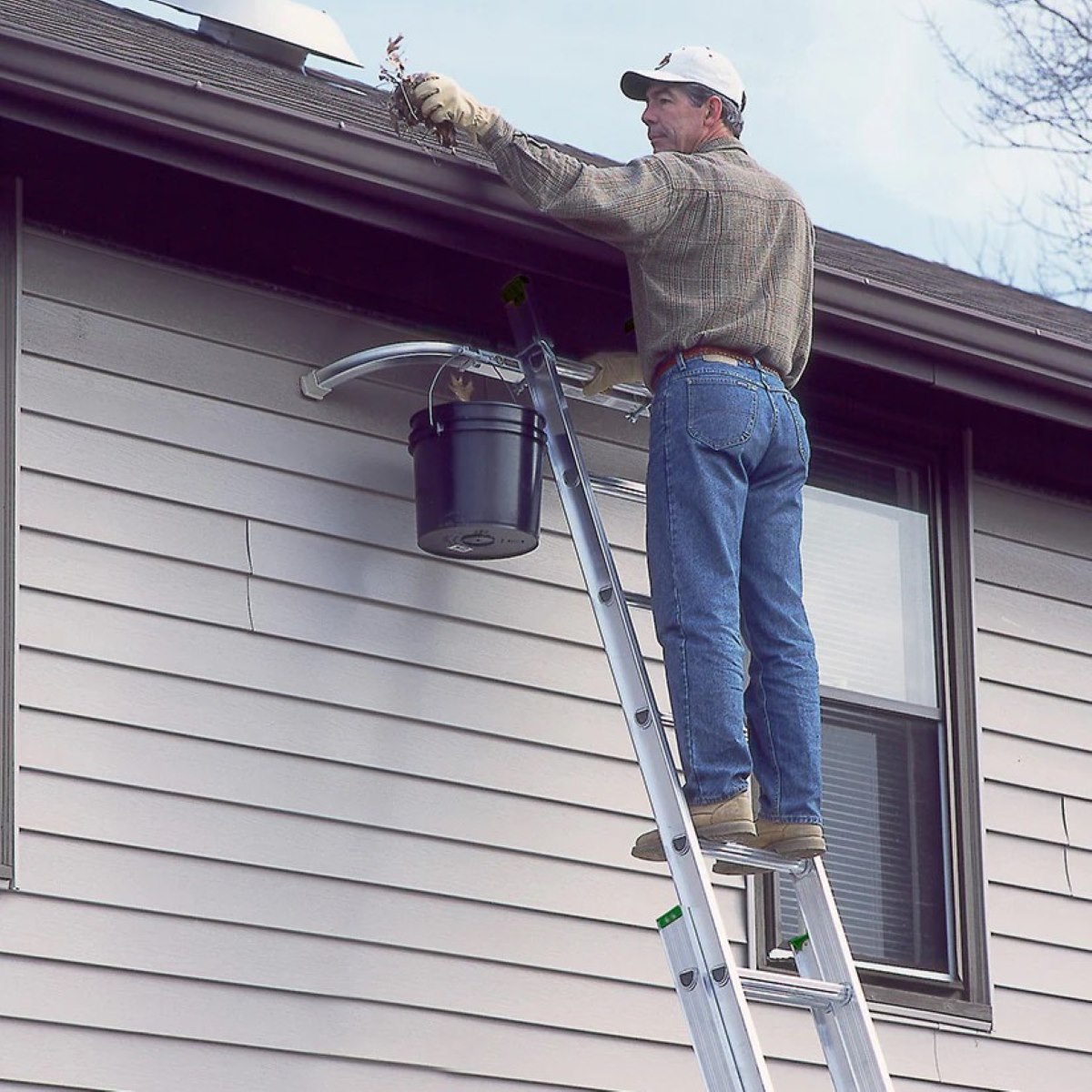
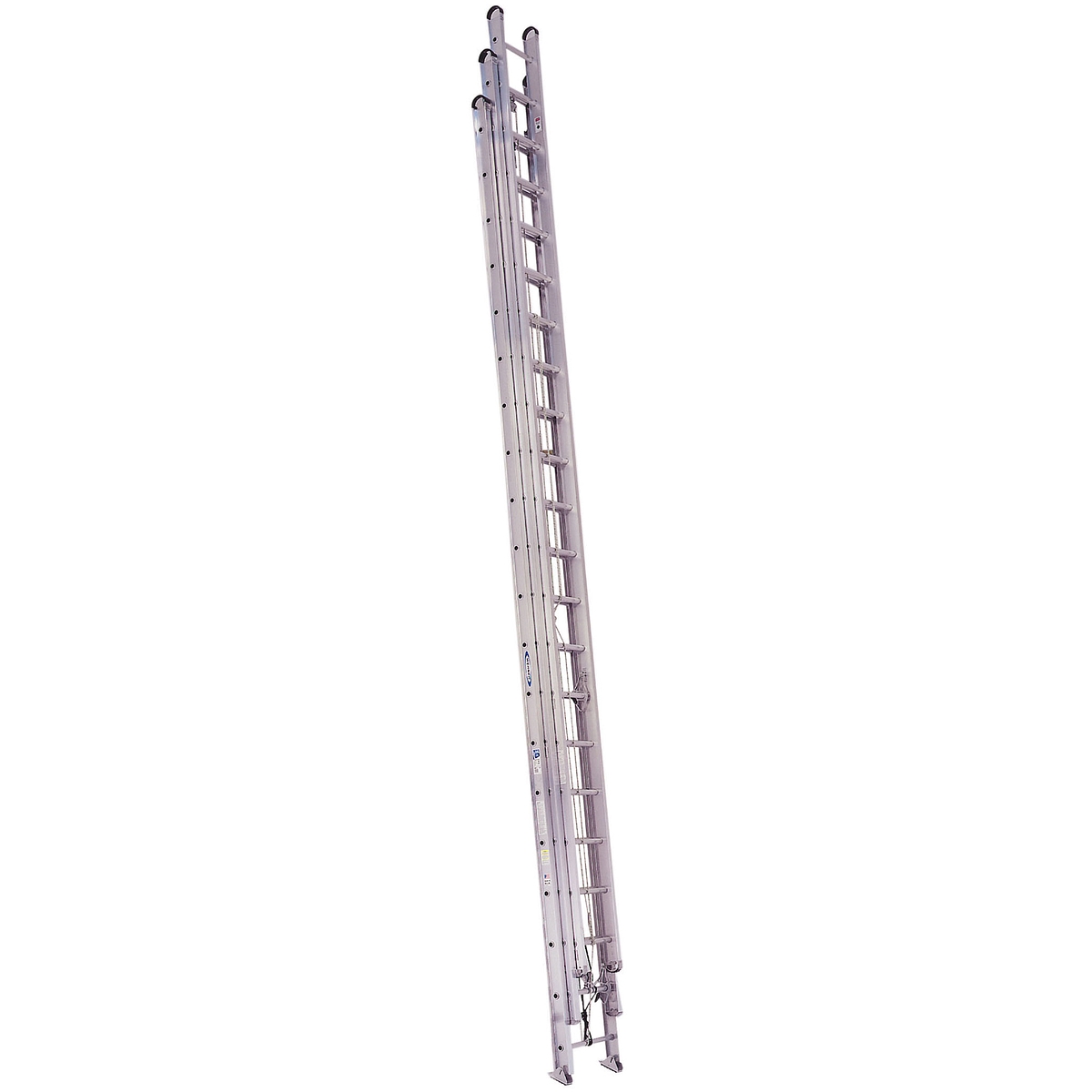
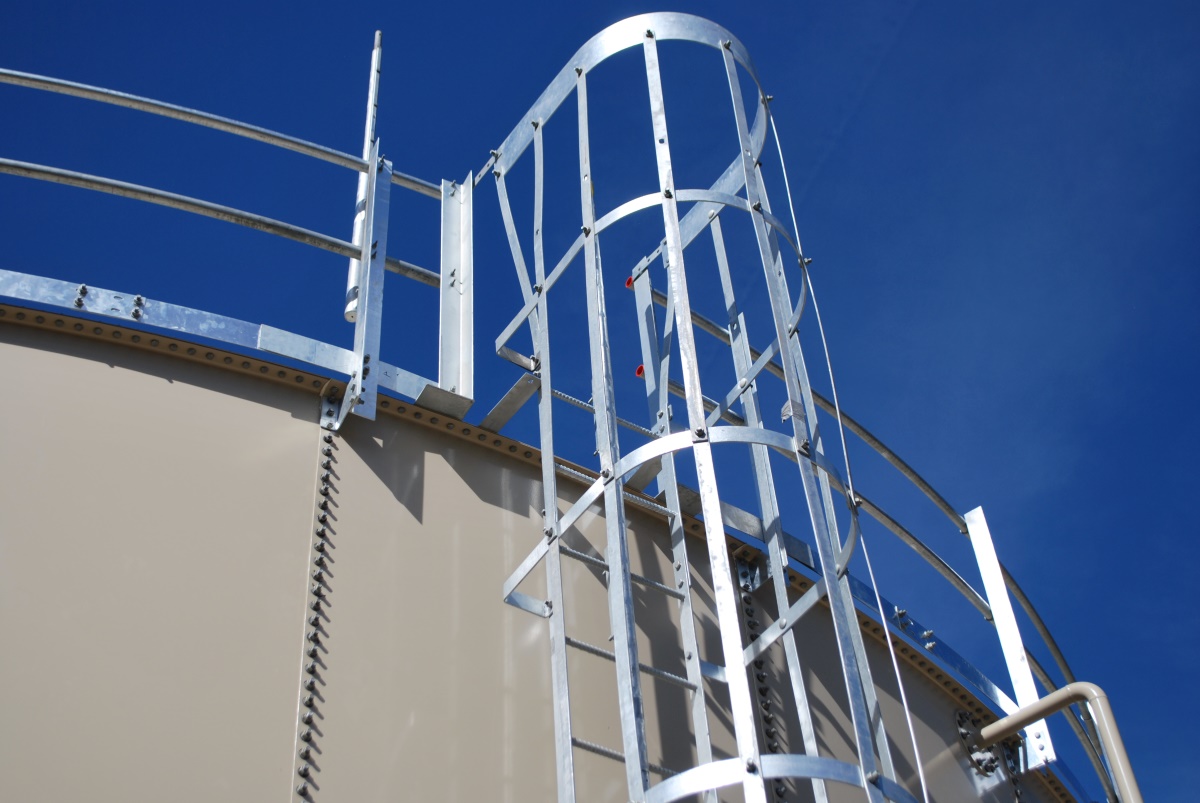
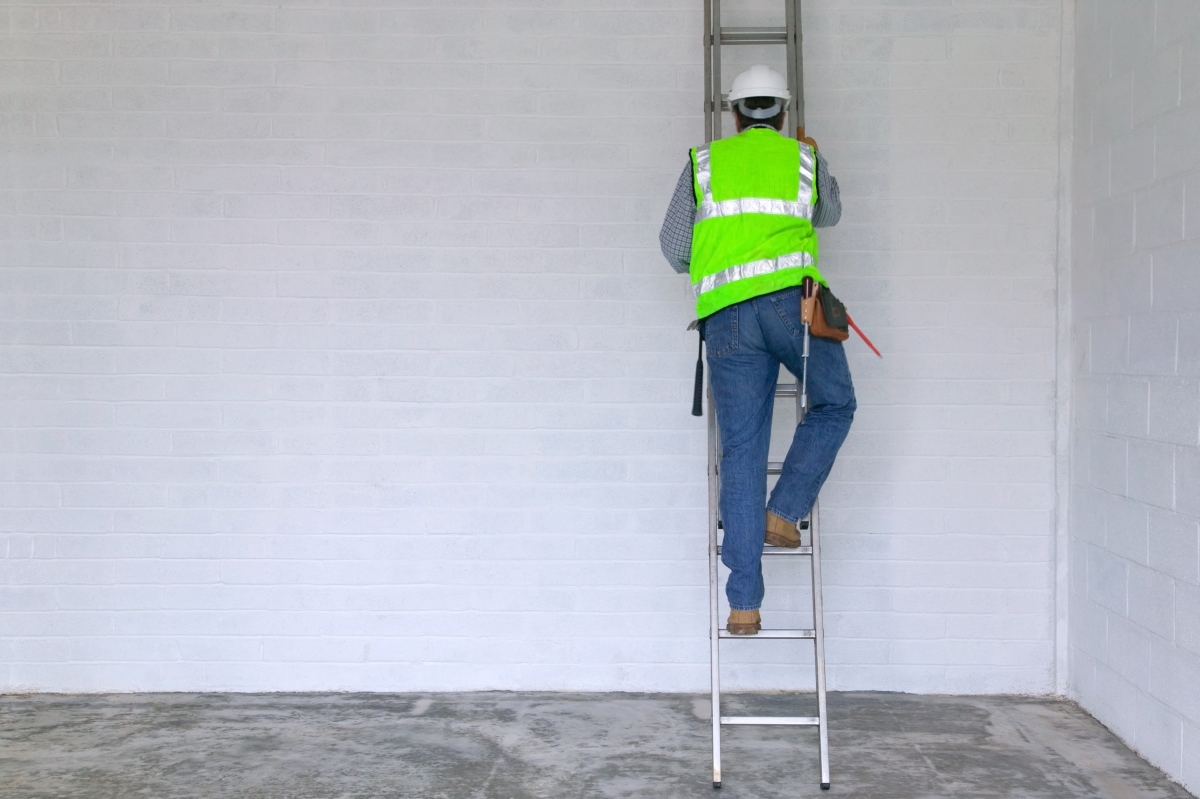
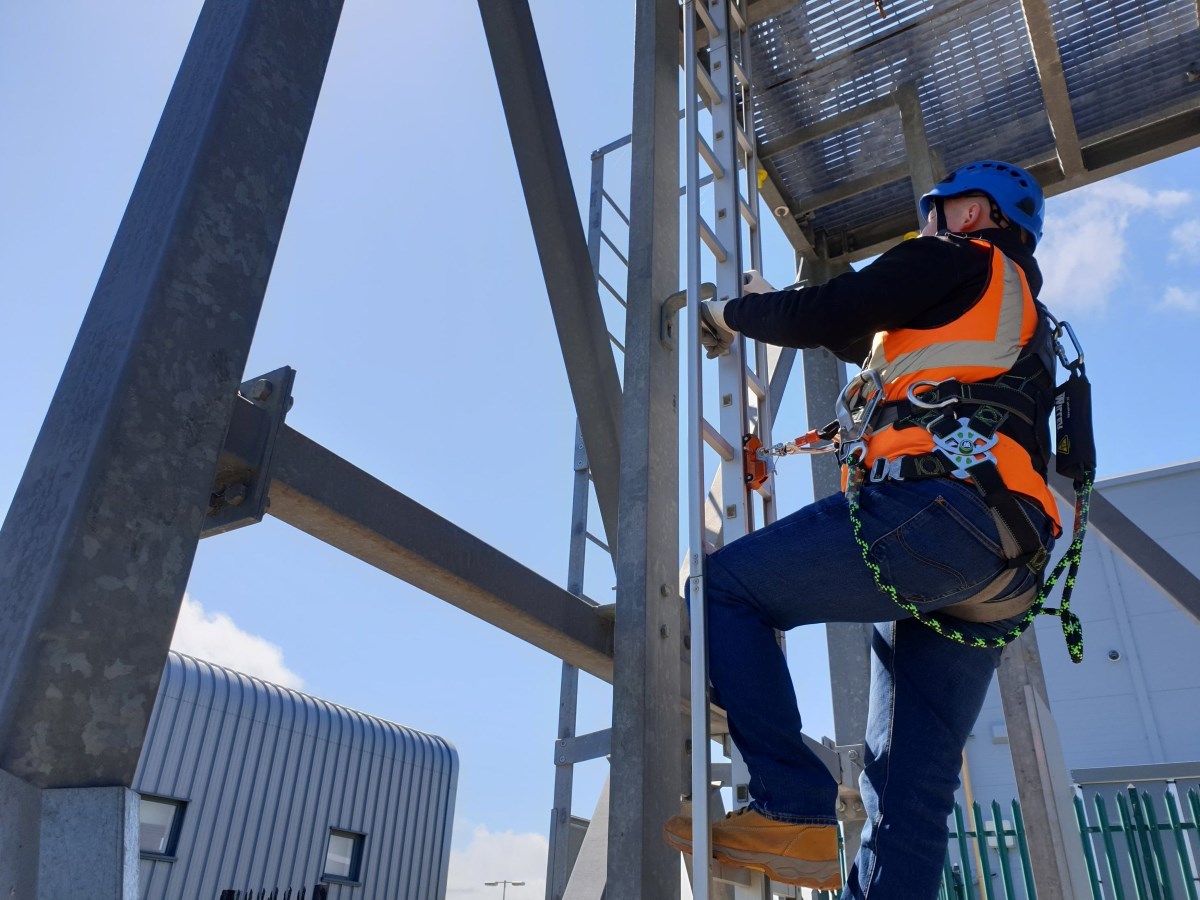
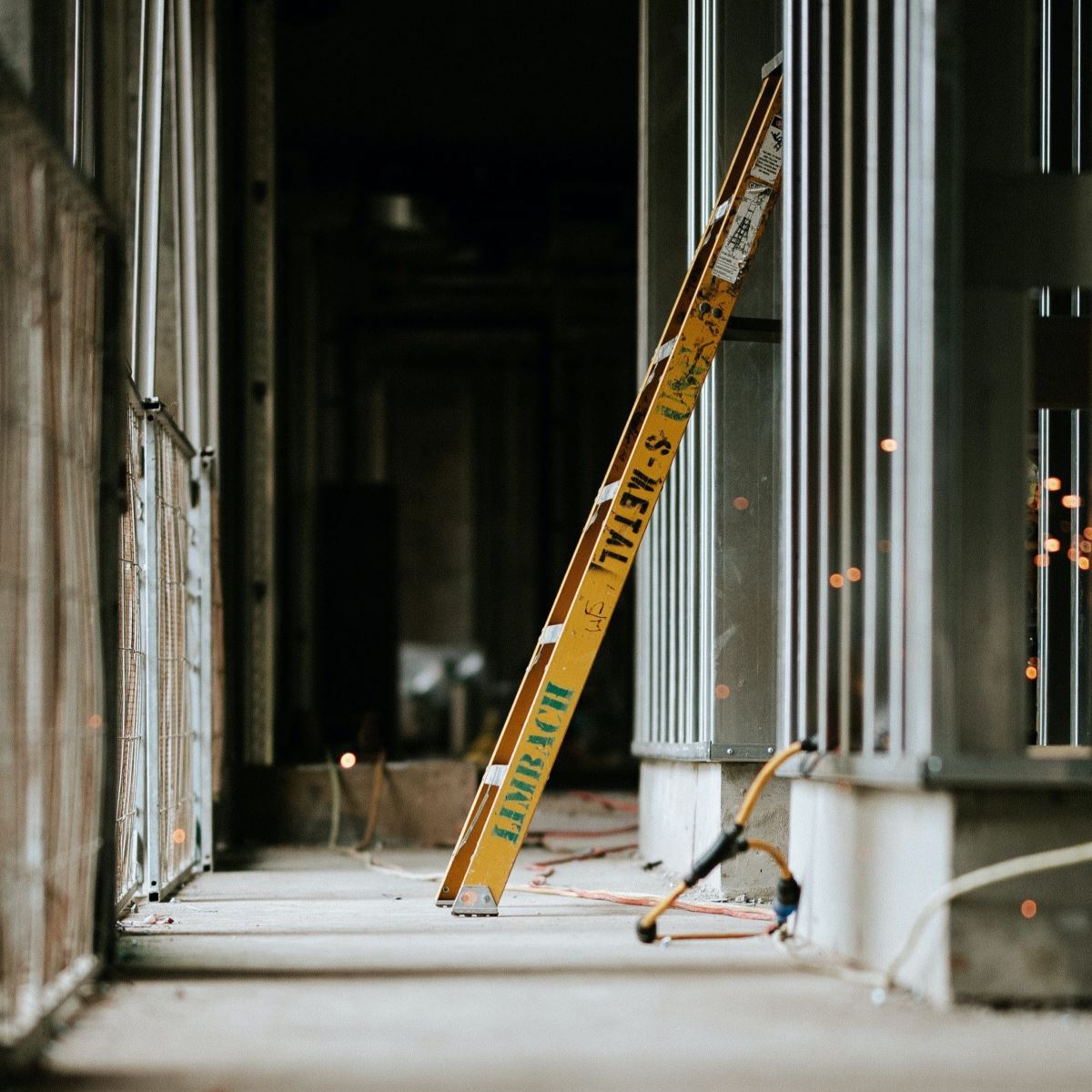

0 thoughts on “How To Maintain Safety When Using Two Single Ladders”